Sometimes, owning a cat seems to require you to speak a completely different language. There are quite a few cat-specific terms that you may hear while hanging out in the cat world. It is essential to understand these terms, especially if you’re speaking to a vet or other health professional. Understanding what’s potentially going on with your cat is essential to their health.
This article will discuss some specific cat terms that are important for any cat owner to know.

The 19 Cat Terms Every Cat Owner Should Know
1. Brindle
Brindle refers to a specific coat pattern on a cat. It looks similar to tiger stripes, but they are less subtle. The stripes are irregularly shaped and vary in location and thickness, similar to a tiger. This coat coloration is most common in some specific breeds, though it can appear in many mixed breeds.
The stripes and base coat can be any color. It can also occur in cats with tabby, calico, and tortoiseshell colorations. In other words, brindle means “striped.”
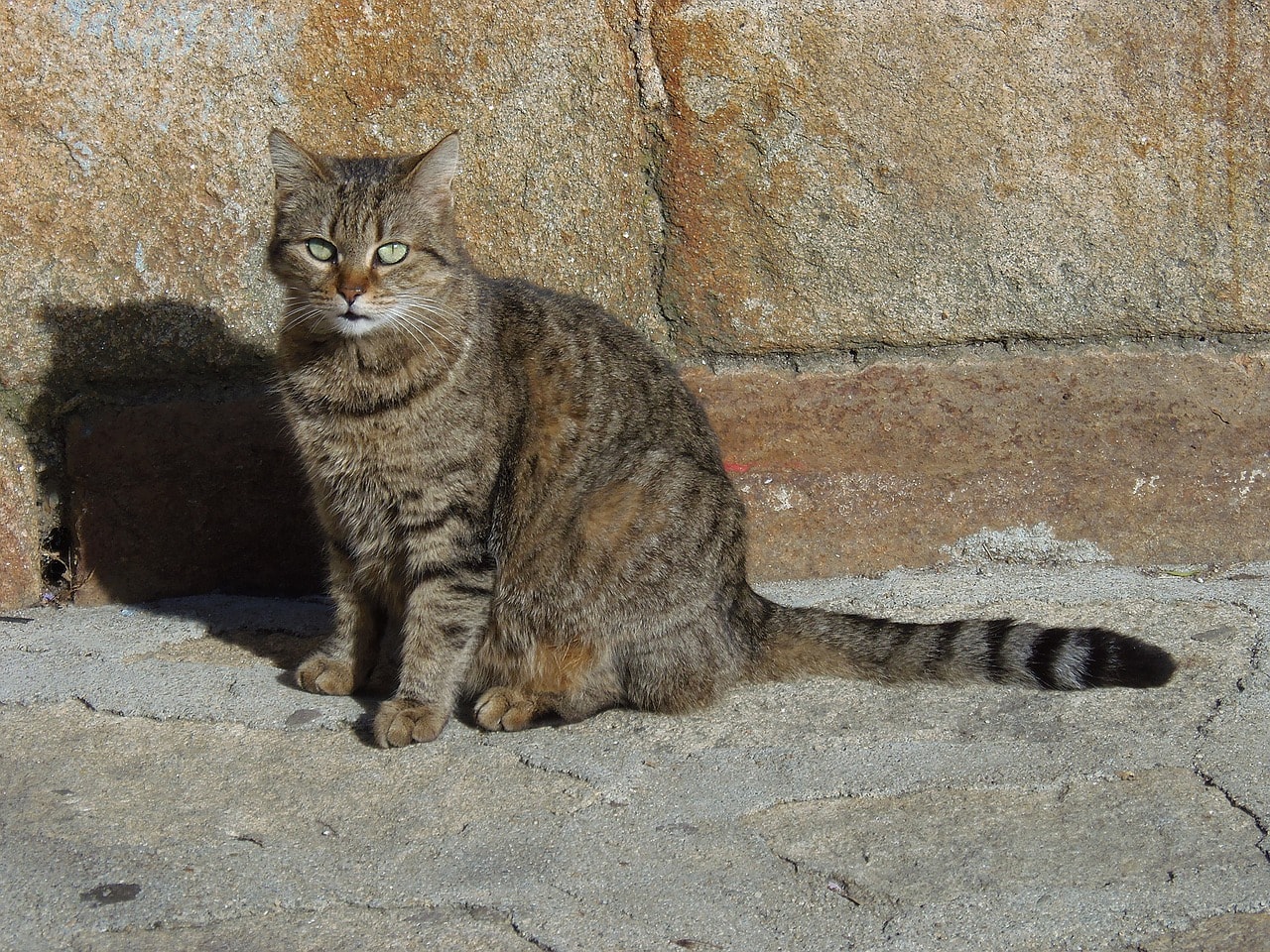
2. Stropping
Stropping refers to sharpening a knife. However, it can also mean a cat sharpening their claws. A stropping cat will rub their claws all over an object, doing the stereotypical cat scratching movement. Cats may do this on a scratching post—or the arm of your couch. Many people may consider this as their cat’s way of “misbehaving”. However, it is a natural process that is necessary for your feline’s health.
To remove the dull, old covering of their claw, cats must scratch in this manner. Otherwise, their claw will not grow properly and may even lead to severe problems, like infections. It acts as a sharpening process.
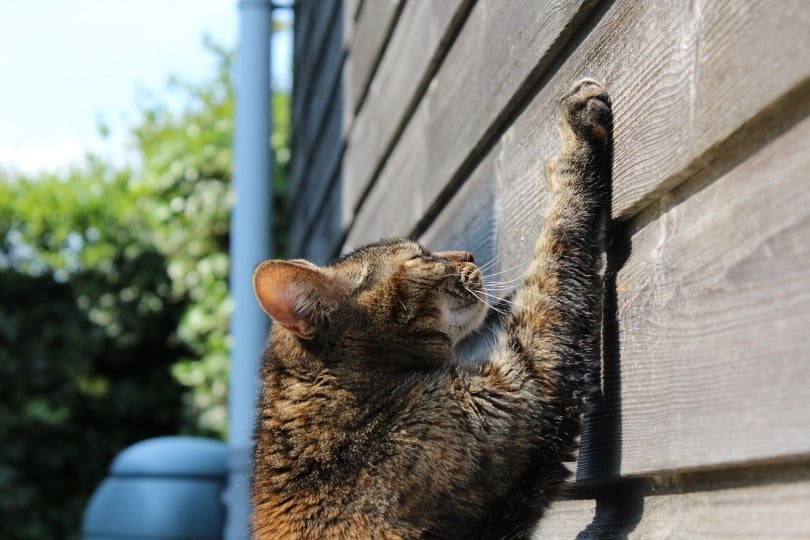
3. Flehmen Reaction
Cats have scent glands along the roof of their mouth. Sometimes, to smell something better, they will hold their mouth open and run the air along these glands. This often makes it look like they’re grimacing. However, they’re just trying to figure out a smell.
This may seem quite weird, but it isn’t anything to worry about. It is a natural response to unusual smells.
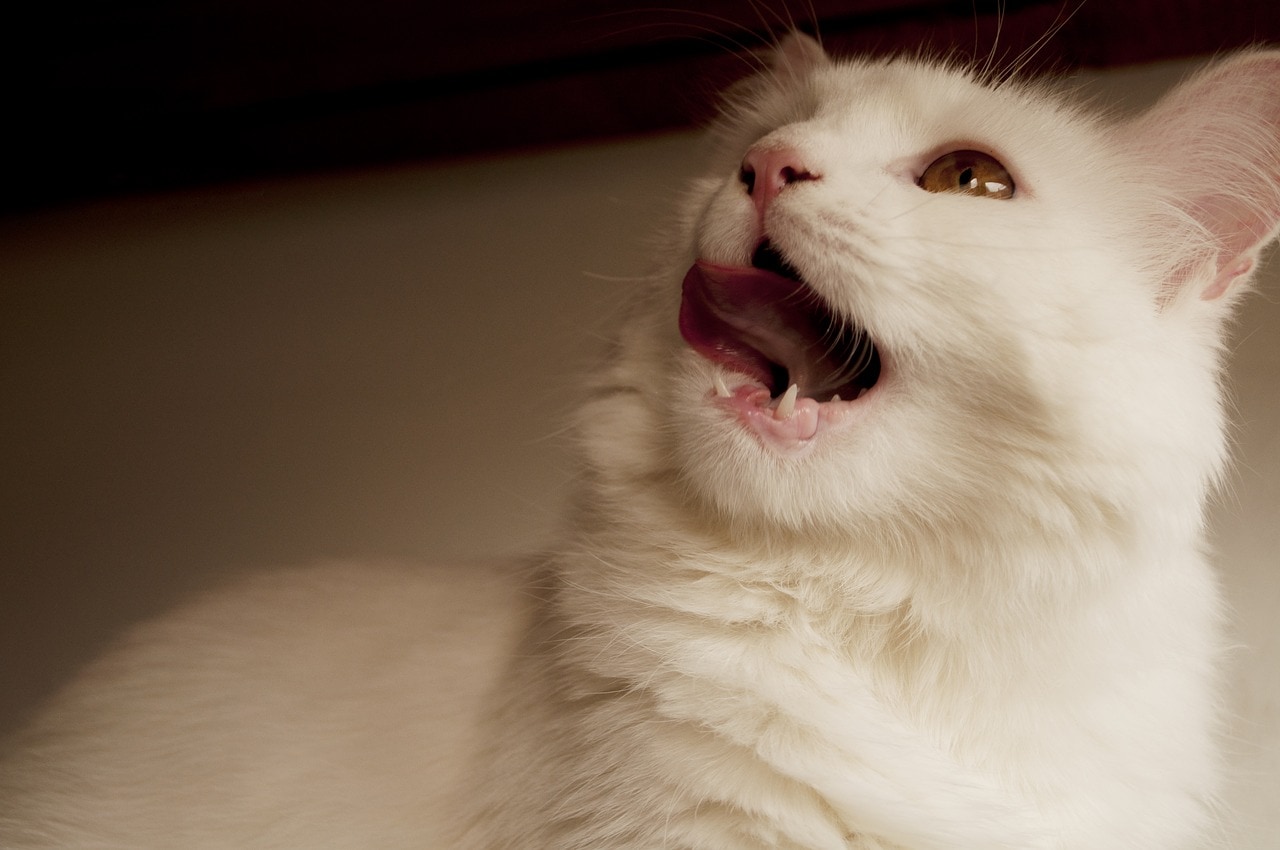
4. Nictitating Membrane
This refers to your cat’s inner eyelid. It is pulled across the eye to clean it and protect the eye from wind, dirt, or attacks while still providing some visibility. Several animals have this extra eyelid, including some reptiles and birds. Several mammals have them as well.
Today, the third eyelid is rarely used and not as functional as it was for our cat’s ancestors. It is rarely seen for this reason. If the eyelid covers your cat’s eye for an extended period, it is likely time to call your vet.
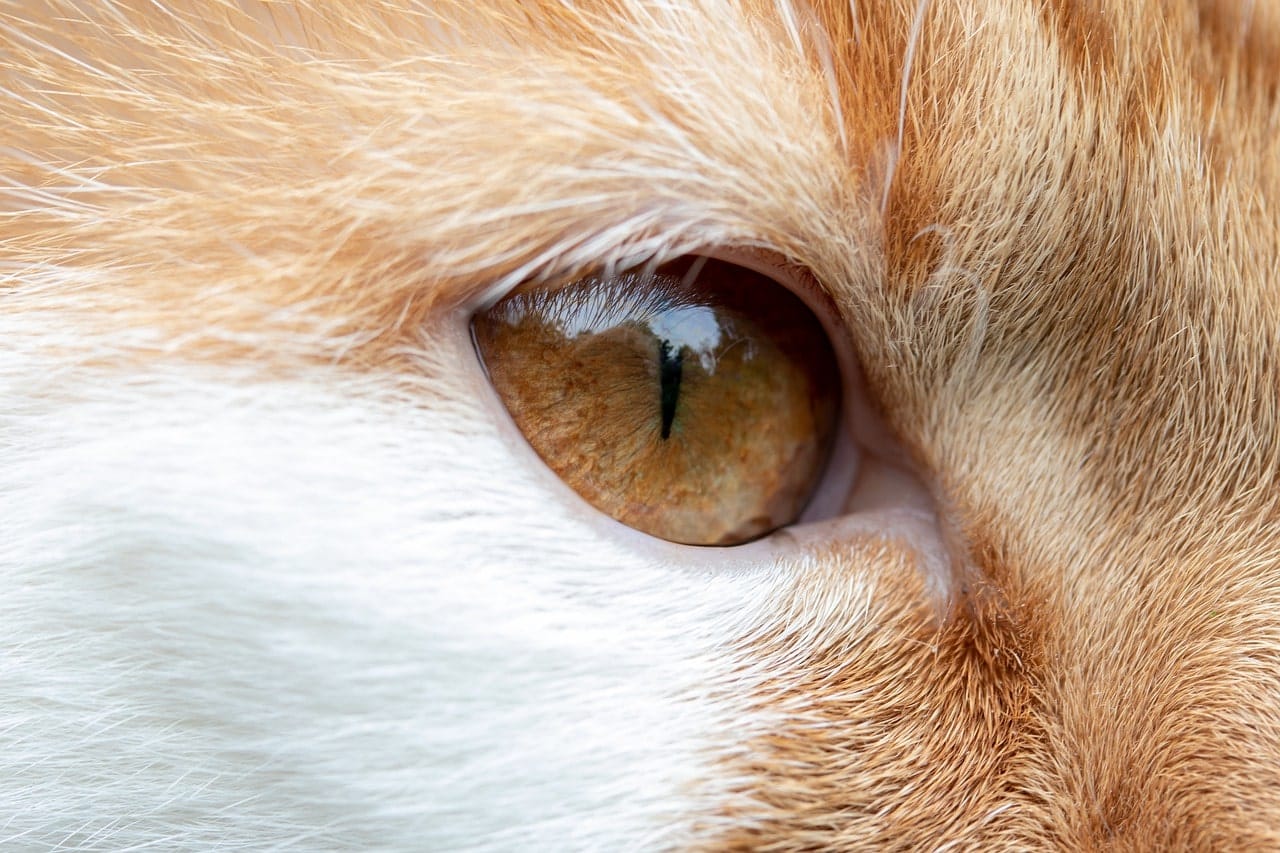
5. Abscess
An abscess is an accumulation of pus in a single area. This can be caused for a variety of reasons, but infection is most common. The word can sound quite scary, but they are usually not serious when treated.
6. Albumin
A specific protein in the blood that regulates the amount of water in your cat’s blood. It also binds to larger pieces of blood to help them flow more efficiently. The liver produces it so that liver problems can upset the balance of this vital protein.
7. Alopecia
Alopecia means the loss of hair, baldness, or obvious bald patches. This can be caused by all sorts of things, most of which require a vet visit.
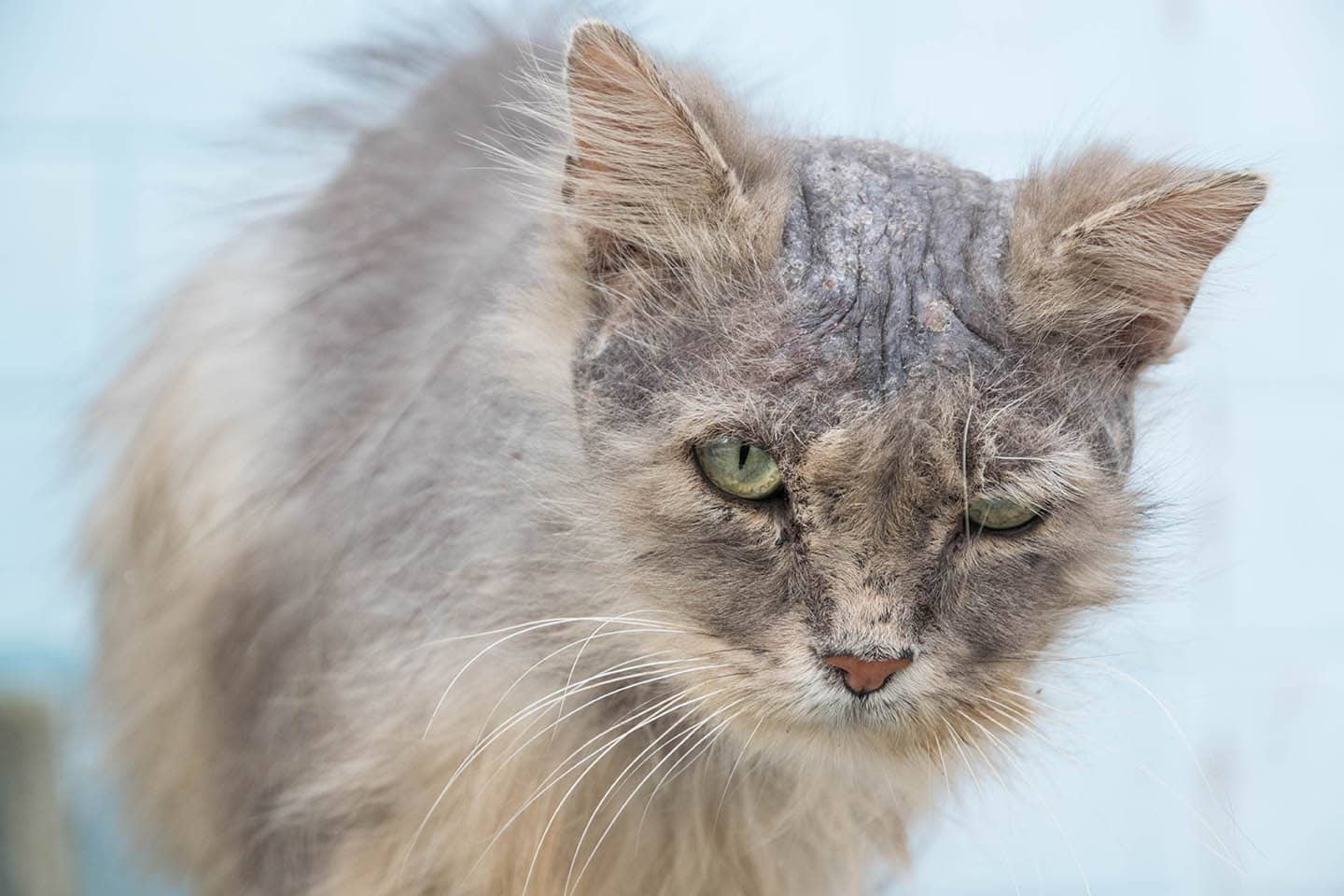
8. Beta-Carotene
Beta-carotene is the pigment in plants that can be converted into vitamin A by many mammals. However, cats can not properly digest this chemical.
9. Cardiomyopathy
Cardiomyopathy is a common heart disease that affects the muscles of the heart. It does not usually affect the valves of the heart and does not include any congenital heart defects. Sometimes, it is dietary related, similar to people.
10. Congenital
Something a cat is born with, such as a birth defect, is called “congenital”. It may be inherited through the genes or the result of a birth injury.
11. Core Vaccine
A core vaccine is one that should be given to all cats. For example, the panleukopenia vaccine is often considered a core vaccine. These are the vaccines you need to be certain your pet receives.
12. Dextrose
This is the name of the sugar solution that is often given through an IV when a cat is experiencing dehydration. If your cat is receiving IV fluids, dextrose is likely in the mixture.
13. Elizabethan Collar
Commonly referred to as a “cone of shame,” this sort of collar is shaped like a cone and prevents your cat from scratching or licking a wound. If you are given one of these from the vet, it will likely be billed as an “Elizabethan collar”.
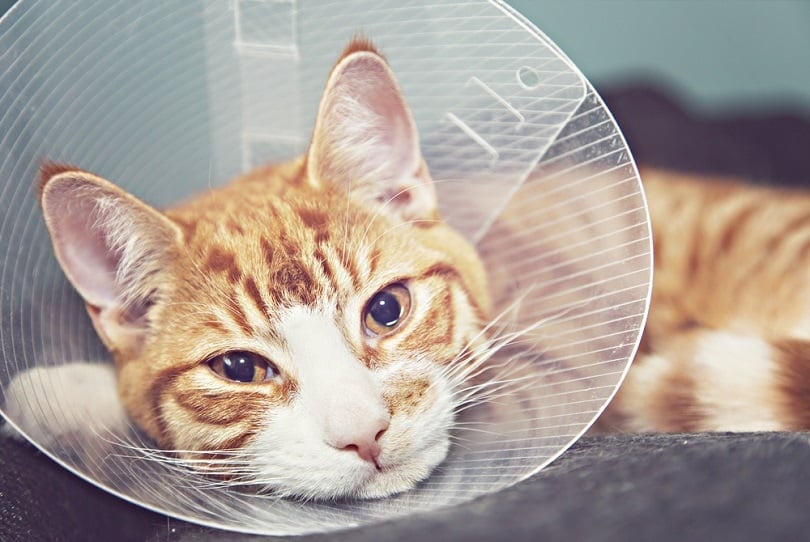
14. Emaciation
Emaciation is a severe loss in body weight. Generally, animals have to be 50% below their usual body weight to fall into this category.
15. Idiopathic
Something that occurs without a known cause is called idiopathic. Generally, this refers to signs that the vet can’t figure out a cause for.
16. Incontinence
The inability of a cat to control their bowels and urine is known as incontinence. Older cats may develop this problem as they age, but some health conditions can cause this symptom as well.
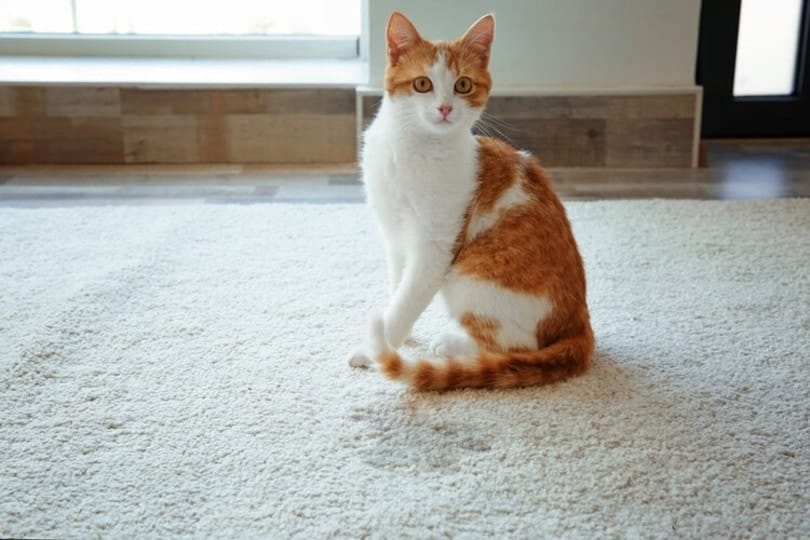
17. Obligate carnivore
An obligate carnivore is an animal that gets most of its nutritional needs from only meat. Cats fall into this category.
18. Pheromone
A pheromone is a chemical made by a cat to communicate with other cats. For example, mother cats secrete a calming hormone when their kittens nurse. Cats also use pheromones to indicate when they are ready to breed.
19. Pica
An unusual craving for a non-food item is known as pica. It can be a sign of an underlying health condition or a nutritional deficiency.
Conclusion
While this list is not exhaustive, these 19 terms are important for any cat owner to know. And since some of these terms are health-related, they are all the more important to memorize.
- Related read: How to Be a Good Cat Owner: 10 Ways to Improve
Featured Image Credit: Vika Hova, Shutterstock
Contents
- The 19 Cat Terms Every Cat Owner Should Know
- 1. Brindle
- 2. Stropping
- 3. Flehmen Reaction
- 4. Nictitating Membrane
- 5. Abscess
- 6. Albumin
- 7. Alopecia
- 8. Beta-Carotene
- 9. Cardiomyopathy
- 10. Congenital
- 11. Core Vaccine
- 12. Dextrose
- 13. Elizabethan Collar
- 14. Emaciation
- 15. Idiopathic
- 16. Incontinence
- 17. Obligate carnivore
- 18. Pheromone
- 19. Pica
- Conclusion











